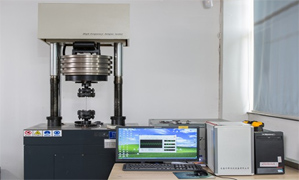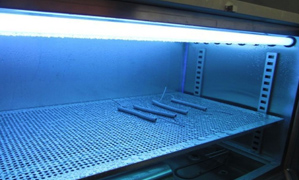Haze is a cloudy state that characterizes a transparent sample or translucent sample caused by light scattering inside or on its surface, that is, the ratio of scattered transmitted light to total transmitted light, which is determined by the scattered light flux. Light transmittance is the ability of a transparent sample or translucent sample to transmit light, that is, the ratio of transmitted light to incident light, which is determined by the total transmitted light flux. When light strikes a transparent or translucent material, some of the light is reflected back (reflected light), some is absorbed (absorbed light), and some is passed through the material (transmitted light), but of the transmitted light, some The original propagation direction will be maintained, which is called parallel radiation, while the other part of the light will be scattered internally due to the characteristics of the material. This part of the scattered light is the scattered light mentioned in the definition of haze. Through the definitions of the two, it is not difficult to find that the key point of haze description is light diffusion (or scattered light). The key point in the description of transmittance is the total transmitted luminous flux. Therefore, haze and transmittance are two different concepts, and the definition description and calculation method are completely different.
-
Contact us
- Spark Lab - Shenzhen
- Mr. Zhang
- 13902479643
- sparkrz@spark-oe.com










